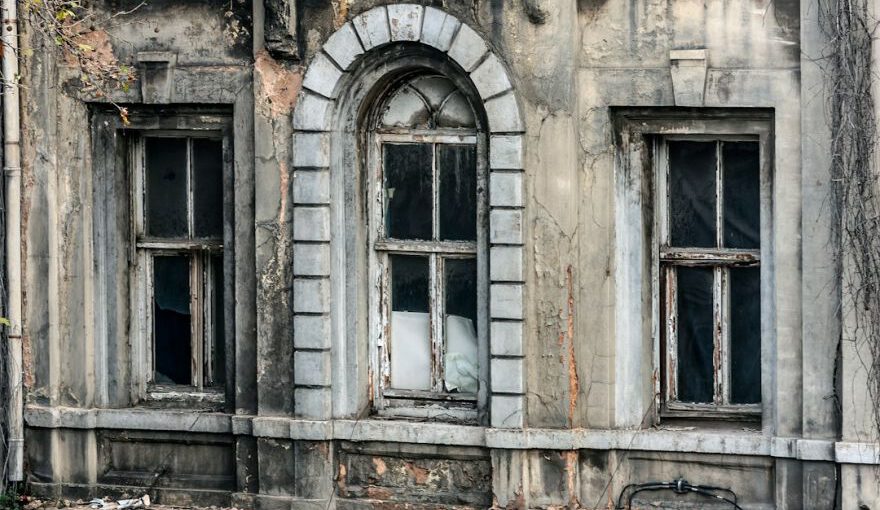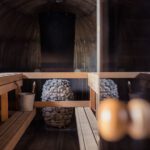Nestled in the heart of Turkey, Cappadocia is renowned for its unique and captivating landscapes. However, beyond its fairy-tale-like rock formations and hot air balloon rides, Cappadocia is also home to a rich architectural heritage. The traditional stone houses of Cappadocia are not only a testament to the region’s history but also serve as a reminder of the ingenuity and resourcefulness of its inhabitants. In this article, we will explore the fascinating world of Cappadocian architecture and the enduring legacy of these stone houses.
A Historical Perspective
Cappadocia’s architectural heritage dates back thousands of years. The region has been inhabited since prehistoric times, and its unique geological formations provided a natural canvas for the development of an exceptional architectural style. The earliest stone houses in Cappadocia were carved into the rock formations, creating an extraordinary blend of natural and man-made structures.
The Cave Dwellings
One of the most striking features of Cappadocia’s architecture is its cave dwellings. These dwellings were hollowed out from the soft volcanic rock, creating spacious rooms with high ceilings and intricate details. The cave dwellings provided a cool retreat from the scorching summer heat and protection against the harsh winter weather. Some of these dwellings were even multi-level, with interconnected rooms and passageways. Today, many of these cave dwellings have been converted into hotels, offering visitors a unique and immersive experience.
The Fairy Chimneys
Another iconic feature of Cappadocian architecture is the fairy chimneys. These towering rock formations, shaped by centuries of erosion, provided the perfect foundation for building stone houses. The fairy chimneys were carved into, creating dwellings that seamlessly blend into the natural landscape. The stone houses built within the fairy chimneys have a distinct charm, with their curved walls and arched doorways. These houses were not only aesthetically pleasing but also practical, offering protection from both the elements and potential invaders.
The Art of Stonemasonry
The construction of Cappadocia’s stone houses required a high level of skill and craftsmanship. Stonemasons meticulously carved and shaped the soft volcanic rock, creating intricate patterns and designs. The stone houses were not just functional structures but also works of art. The attention to detail is evident in the beautiful carvings and reliefs that adorn the exterior walls. These intricate designs often depicted scenes from daily life, nature, and mythology.
Preservation and Conservation Efforts
While Cappadocia’s traditional stone houses are an integral part of its cultural heritage, the passage of time has taken its toll on these structures. Many of the stone houses have fallen into disrepair, and the threat of erosion and natural disasters looms large. Recognizing the importance of preserving this unique architectural heritage, efforts have been made to restore and conserve these buildings. Local authorities and organizations have collaborated to ensure that future generations can appreciate and learn from the rich history of Cappadocian architecture.
A Source of Inspiration
The traditional stone houses of Cappadocia continue to captivate and inspire architects and designers from around the world. The ingenious use of natural materials and the seamless integration of man-made structures with the surrounding landscape serve as a masterclass in sustainable design. The unique architectural style of Cappadocia has influenced modern-day construction techniques and has become a source of inspiration for contemporary architects.
In Conclusion
The traditional stone houses of Cappadocia tell a story of resilience, creativity, and adaptability. These architectural marvels stand as a testament to the region’s rich history and the ingenuity of its inhabitants. From the cave dwellings to the fairy chimneys, every stone house in Cappadocia is a work of art, intricately carved and carefully designed. As efforts continue to preserve and protect these structures, we are reminded of the importance of embracing our architectural heritage and learning from the wisdom of the past. Cappadocia’s stone houses are not just buildings; they are a living testament to the enduring power of human creativity.





